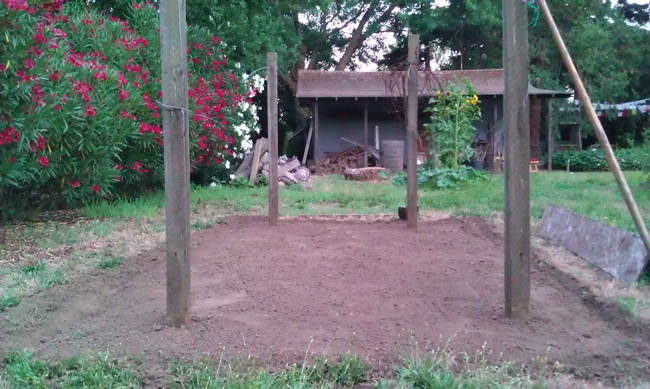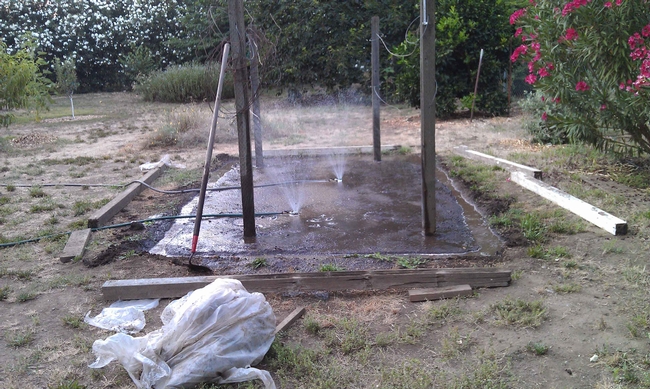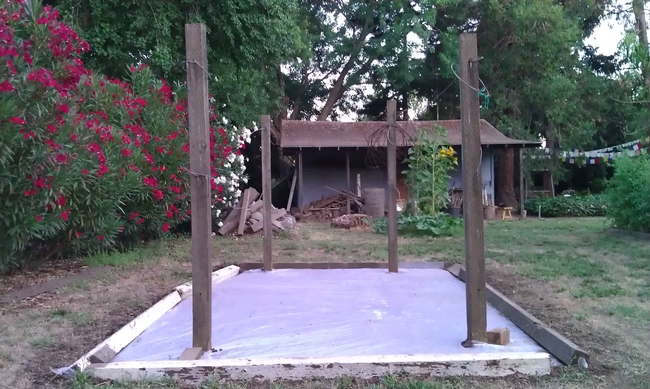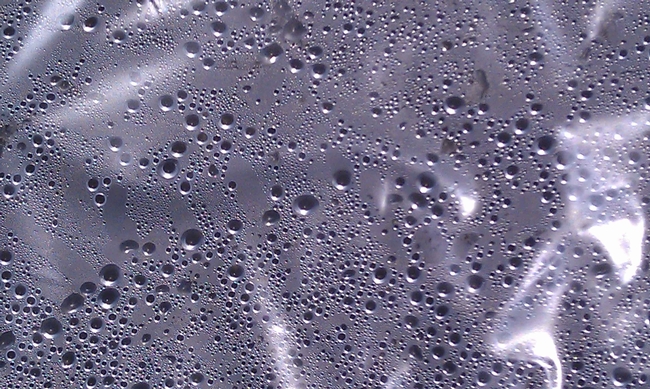Is there an area in your garden where you are battling noxious weeds or other invasive plants? If so, soil solarization is a solution that avoids the use of herbicides and saves you from the on-going work of pulling up the invaders. Our hot summer months are the ideal time to employ this method.

Solarization most effectively controls soil-borne fungal and bacterial plant pathogens such as those causing Phytophthora root rot, Southern blight, Verticillium wilt, Fusarium wilt, damping off, crown gall, tomato canker and potato scab.
Nematodes can be controlled but not completely eliminated by solarization, because they are mobile and can move through the soil. Control is most effective in the top 12 inches of soil.

While solarization kills many soil pests, beneficial soil organisms either survive or recolonize the soil rather quickly. Earthworms can retreat to lower depths. Beneficial fungi such as mycorrhizal fungi and bacteria that parasitize plant pathogens quickly reestablish themselves.
Solarization is most effective when days are long, temperatures are hot, skies are clear, and winds are mild. June to August is therefore the most effective time in the Central Valley. Prepare the soil by removing weeds, rocks or other debris. Break up dirt clods and create a smooth soil surface.

Use clear plastic to snugly cover the smooth soil surface. Lay the plastic as close as possible to the soil surface so there are few air pockets. Thin clear plastic (1 millimeter) provides the greatest heating potential but is more susceptible to tearing. Slightly heavier plastic (1.5 to 4 millimeters) may be best. The type of drop cloths used in painting work well. The plastic sheeting should be slightly bigger than the area to be solarized. Dig a trench around the area. Cover one edge of the plastic with soil to hold it down. Pull the plastic tight across the soil and bury the opposite edge. Do the same with all sides. Keep the plastic as close to the soil surface as possible.

The UC Master Gardeners of Butte County are part of the University of California Cooperative Extension (UCCE) system. To learn more about us and our upcoming events, and for help with gardening in our area, visit our website. If you have a gardening question or problem, call the Hotline at (530) 538-7201 or email mgbutte@ucanr.edu.